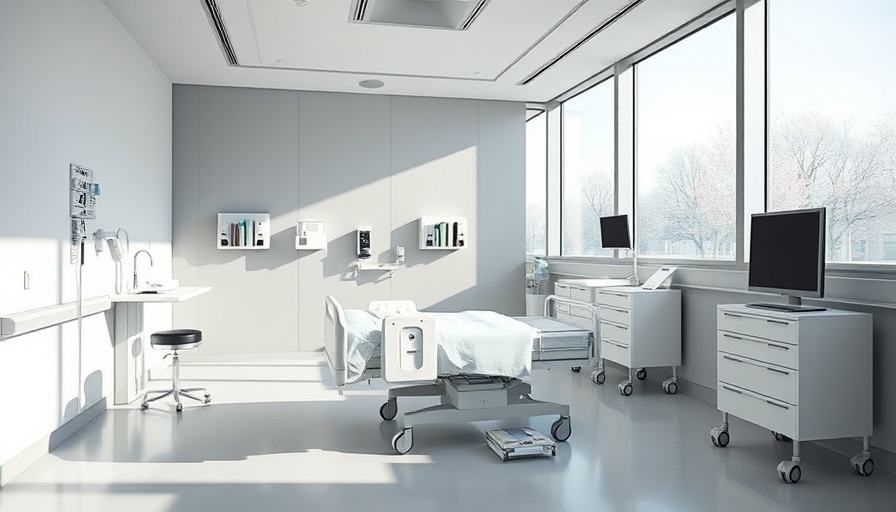
Rethinking Spaces: Healing Through Design
The evolution of healthcare architecture is more than just aesthetics; it's a crucial framework for enhancing patient recovery. Recent trends showcase a shift towards creating environments that enhance not only the efficiency of care delivery but also the emotional and physical well-being of patients.
Natural Elements: Inviting the Outdoors In
Architects now recognize the therapeutic impact of integrating nature into healthcare facilities. By maximizing natural lighting and incorporating greenery, spaces can create a calming atmosphere that promotes healing. These design choices resonate with patients, offering a comforting contrast to the cold, clinical environment traditionally associated with hospitals.
The Patient-Centric Evolution
Gone are the days when healthcare spaces strictly served medical purposes. The modern healthcare environment embraces a holistic approach, with facilities designed around the patient experience. Larger examination rooms and communal areas foster collaboration among healthcare providers, enhancing the overall care process.
Bringing Independence to Communities
There's a growing movement towards decentralizing healthcare services. New designs are emerging that keep essential health services within local communities, making it easier for patients to access comprehensive care without the need to visit hospitals. This not only supports convenience but also promotes healthier lifestyles by integrating wellness facilities into everyday life.
Future Innovations: What Lies Ahead
The future of healthcare architecture is bright as it continues to adapt to ever-changing patient needs. Expect to see more innovative spaces that combine a focus on healing, accessibility, and technology. These advancements will redefine patient care and dramatically enhance the healthcare experience.
 Add Row
Add Row  Add
Add 






Write A Comment